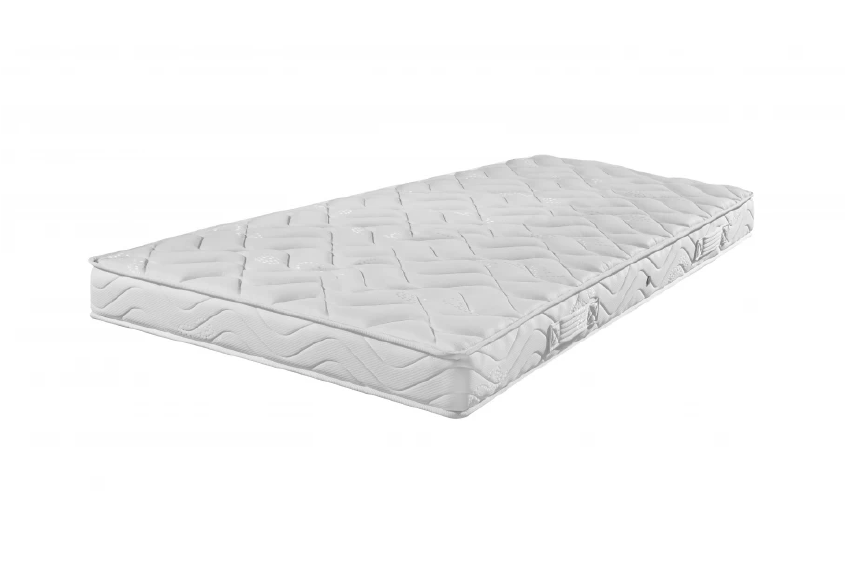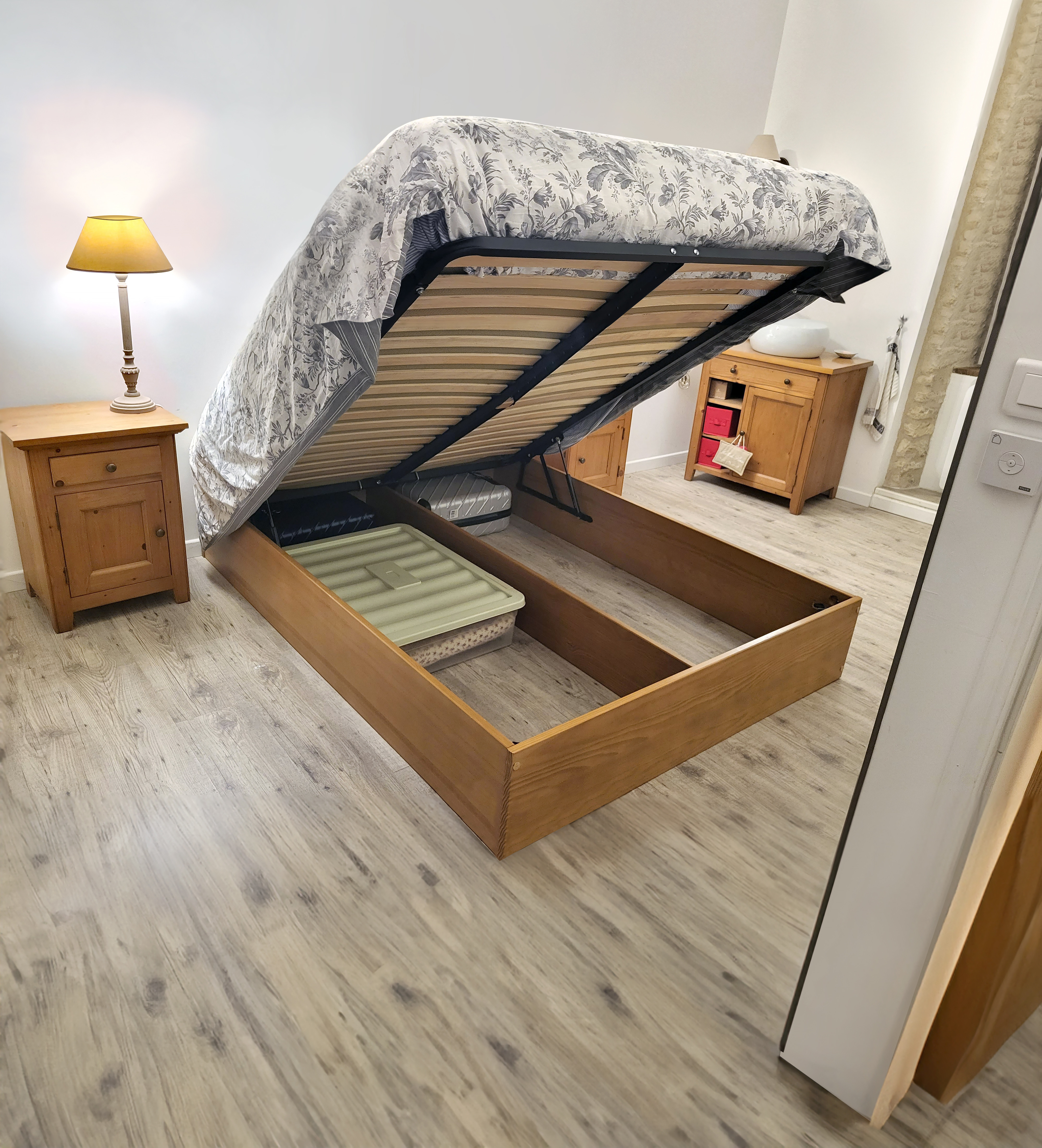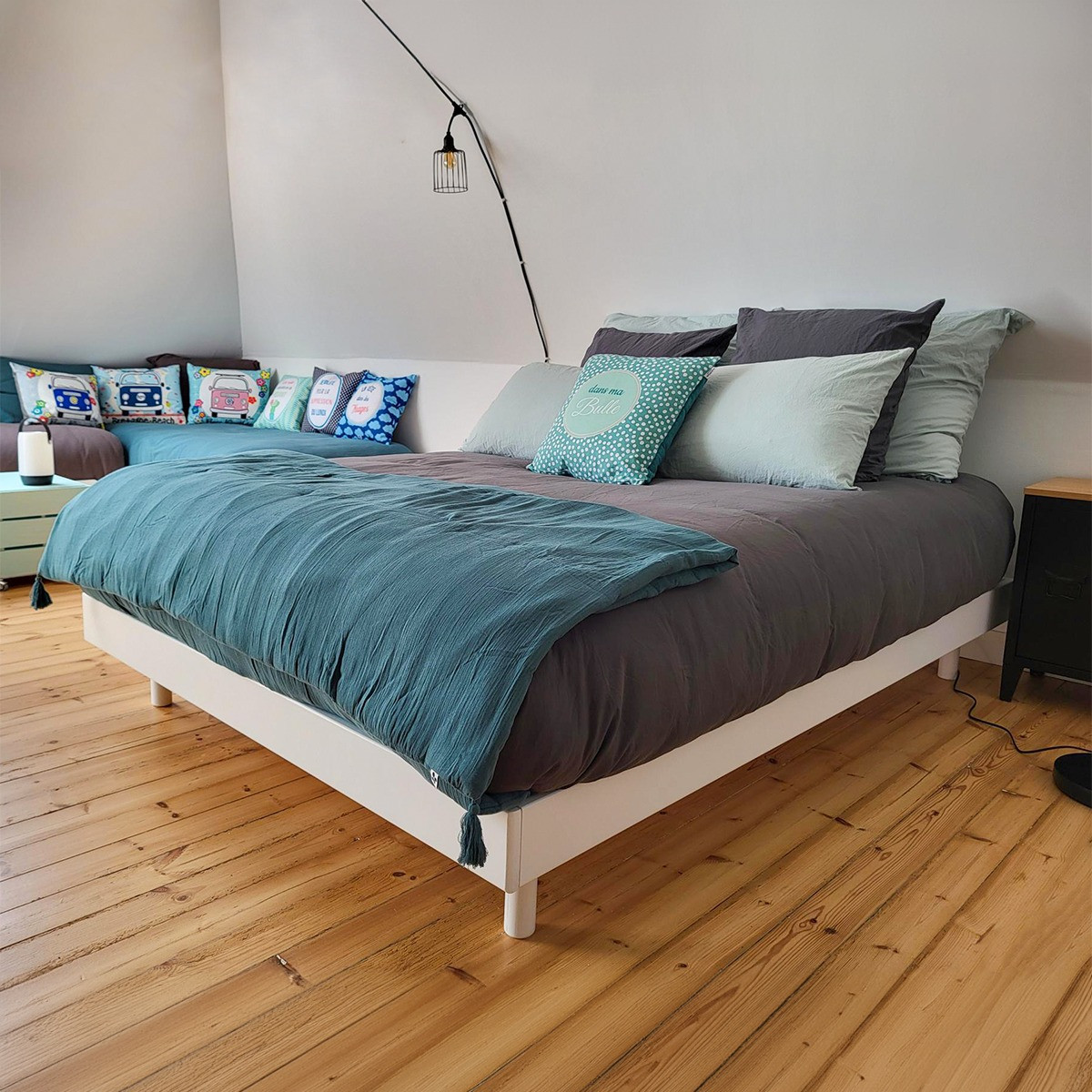5 steps to choosing a mattress
Choosing the best mattress is essential to guarantee quality sleep and protect your health. The wrong mattress can lead to back pain, insomnia and chronic fatigue. Here's a complete guide to help you make the best choice for your needs and preferences.
Identifying your needs and preferences
Before you go out and buy a mattress, it's crucial to know your needs. Here are a few questions to ask yourself:
-
What is your preferred sleeping position?
Back, stomach and side sleepers have different needs in terms of support and firmness.
- Back sleepers need a supportive mattress to maintain the natural alignment of the spine.
- Prone sleepers should choose a mattress that prevents the pelvic region from sinking, as this can cause tension in the lower back.
- Side sleepers need a mattress that relieves pressure points, particularly around the shoulders and hips.
-
As well as your sleeping position, other factors can influence your choice of mattress:
- Heavier people may need a firmer mattress for better support, while lighter people may prefer a softer option.
- People with chronic pain or other health problems may require specific features in a mattress, such as reinforced support zones or better ventilation to prevent heat build-up.
Understanding the different types of mattress and thicknesses
There are several types of mattress, each with its own advantages and disadvantages:
- Foam mattresses: Foam mattresses offer uniform support and tend to regulate body temperature better. What's more, they are designed to last for several years without sagging and are suitable for a variety of sleeping positions. See our foam mattresses with the Maeva 1-seater, the Marly 1-seater and the Montana 1-seater or 2-seater.
- Spring mattresses: Offer good support and excellent ventilation. They are ideal for people who tend to sweat at night. A good alternative is a mattress with the MODUL'AIR system, which provides optimum ventilation and permanent airing of the mattress for perfect hygiene (thermoregulatory properties).
- Latex mattresses: Natural or synthetic, latex is hypoallergenic and offers good durability.
- Memory foam mattresses: These offer excellent support and good spinal alignment. Ideal for those suffering from joint pain.
Consider the firmness of the mattress
-
Different firmnesses
- Soft: This type of mattress offers a soft, enveloping surface. It allows the body to sink in further, providing a cocooning sensation. Recommended for lighter people or those who sleep on their side.
- Balanced: A combination of softness and firmness that adapts to the curves of the body while providing sufficient support. Suitable for most sleepers.
- Firm: With its high degree of rigidity, it offers robust support. It is ideal for people with back pain, those who sleep on their back or stomach or heavier people.
-
Also consider the difference between support and cushioning
Support is the initial feeling you get when you lie down on the mattress. It is influenced by the surface material. A soft mattress gives a feeling of softness and immediate comfort, while a firmer mattress gives a feeling of support right from the start (recommended for children).
As far as support is concerned, this is long-term support, throughout the night. This characteristic is directly linked to the degree of firmness of the mattress in depth. That's why it's important to consider it, as it will play a major part in ensuring a restful night's sleep.
Consider the EN 1334 standard
-
What is it?
This European standard describes the measurement methods for determining the dimensions of all types of mattress.
This standard stipulates that, to enable them to be fitted into bed frames of standardised dimensions, the actual dimensions of mattresses and bases must be 0 to 2 cm smaller than the reference dimensions given. For example, for the standard size 90x190, it is normal for the actual dimensions to be 88x188 cm.
-
What about our mattresses?
All our mattresses are standardised. So you won't have to worry about using them with our slat bases or those from other brands.
Consider the value for money
Last but not least, consider the relationship between quality and price. Some mattresses may seem expensive at first glance, but there are often many advantages that justify the price: eco-friendly mattresses, hybrid mattresses, hypoallergenic mattresses, etc.
Take our mattresses, for example:

- Single mattress 13cm foam Maeva
- Made in France
- Guaranteed for 2 years
- Modul'air system (for ventilation)
- HDflex polyurethane foam (high density)
- Hypoallergenic Ebafill polyester batting
- Dimensions: 80x190, 90x190 mattresses
- Firm welcome and support

- Single mattress HD foam 16cm Marly
- Made in France
- 2-year guarantee
- Modul'air system (for ventilation)
- HDflex polyurethane foam (high density)
- OekoTex certification
- Sizes: 80x200, 80x190, 90x200, 90x190 mattresses
- Tonic welcome and firm support

- Single or 2 places mattress HD foam 18cm Montana
- Made in France
- 5 year guarantee
- Modul'air system (for ventilation)
- HDflex polyurethane foam (high density)
- Hypoallergenic Ebafill polyester batting
- Sizes: 90x200 and 90x190 mattresses / 140x200, 160x200, 120x200, 140x190 mattresses
- Firm, balanced comfort

- Futon mattress 2-seater or 1 place with latex (Japanese futon type)
- Made in Europe
- 5-year guarantee
- 3cm latex mat (perfect sleeping independence and excellent mattress ventilation)
- Sizes: 90x190 and 80x190 mattresses / 140x190 and 160x200 mattresses
- Soft welcome and firm support
Choosing the right mattress is essential for a good night's sleep and good health. An unsuitable mattress can lead to back pain, insomnia and chronic fatigue. By following the key steps to identify your personal needs, understand the different types of mattress, consider the right firmness and assess value for money, you can make an informed choice. Investing in a quality mattress is an investment in your health and daily happiness.
If you need advice on selecting your double or single bedding, don't hesitate to contact us via our live chat, by phone or by email.








.jpg)
.jpg)
.jpg)
Facebook comment